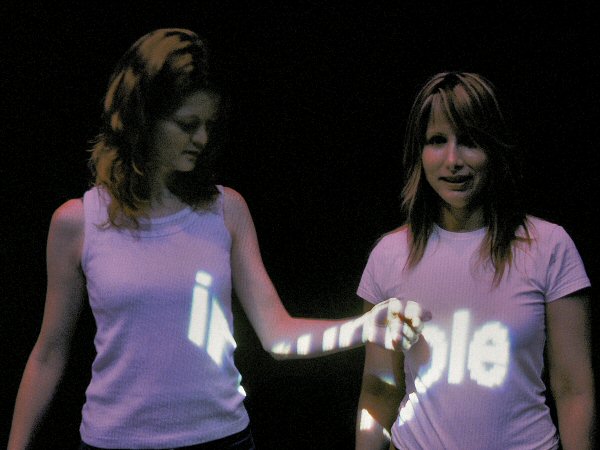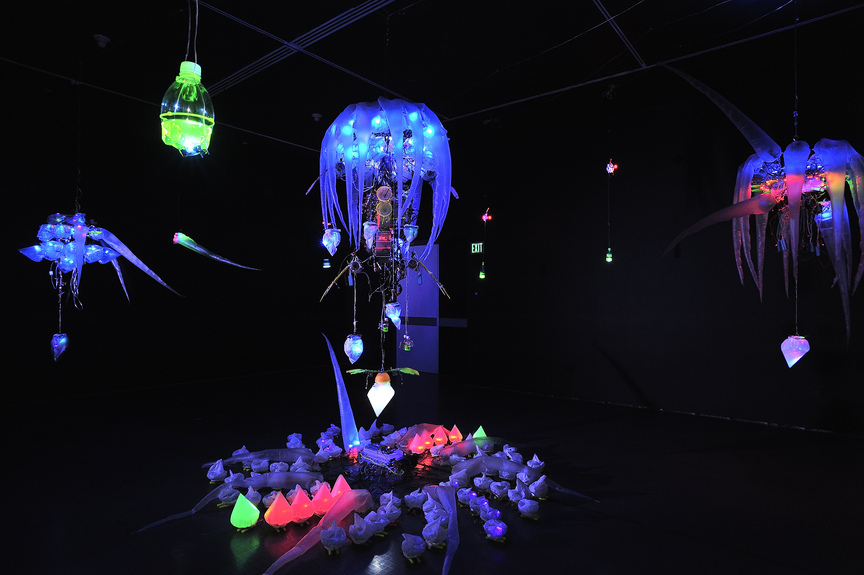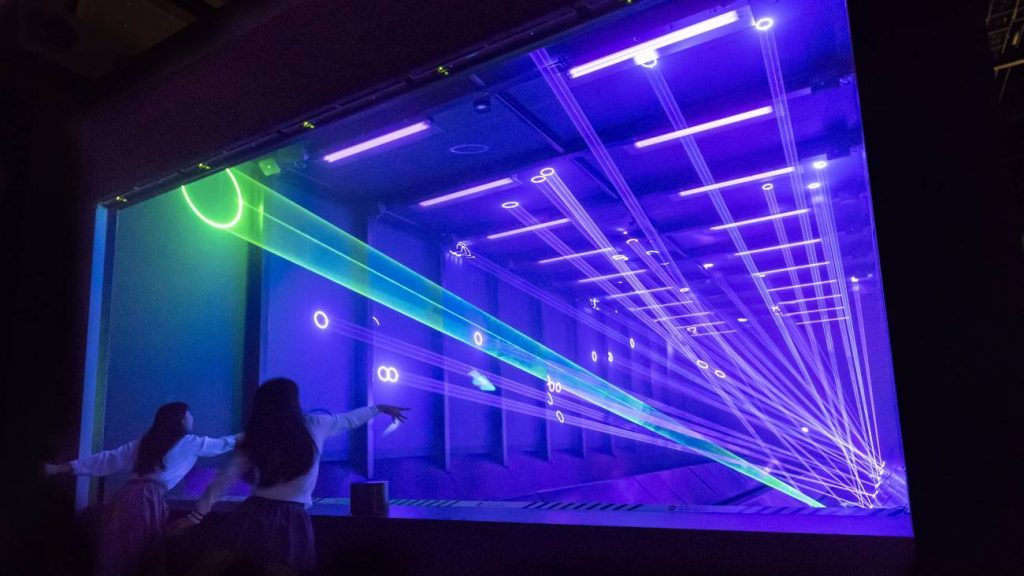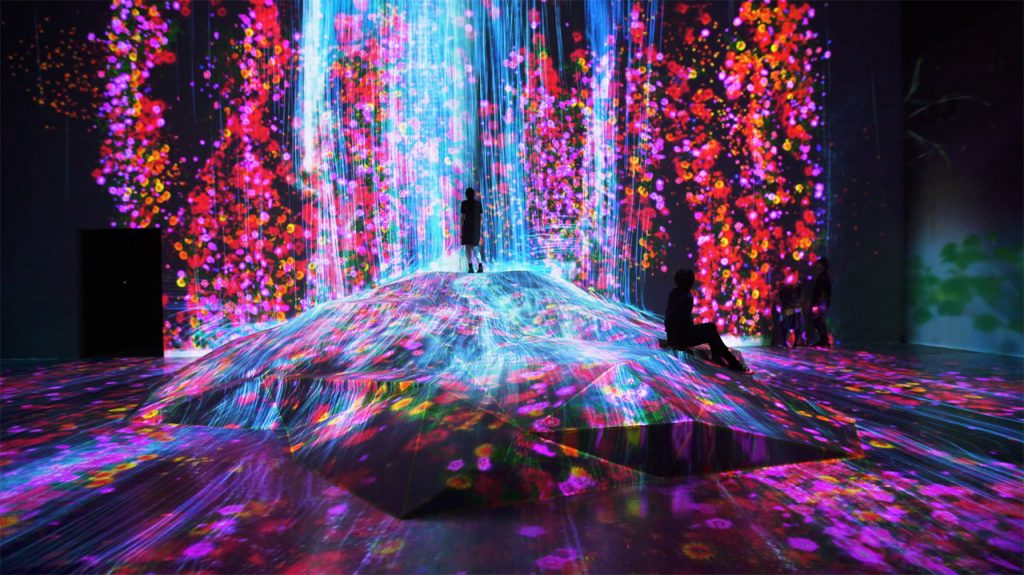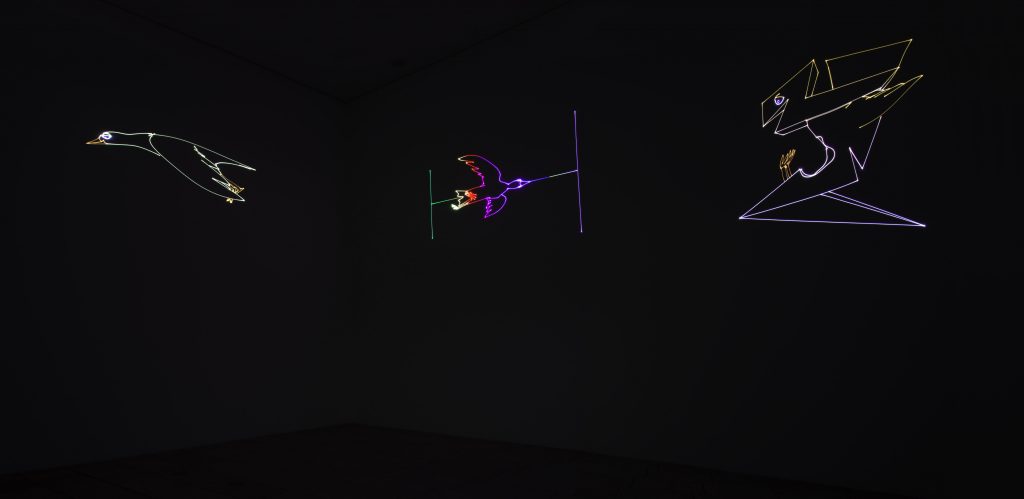
Since 2012, Library Street Collective of Detroit is a local organization that brings artworks and murals to downtown areas, where the artworks can engage local audiences publicly.
What inspires me about the project is that, the founders are able to partner with local museums to share artworks, and attract visitors from traditional museums. Their efforts to increase the accessibility of arts is admirable. To be more effective, the project can host various art-related activities to increase the popularity. For example, artistic competitions, guest artist lectures, class on painting, etc.
The founders do not come from an artistic background, yet they were inspired when Detroit Institute of Art’s prized artworks to help the city exit bankruptcy. They related social responsibility with artworks, and reimagine the way residents can be involved with arts (outside the old-fashioned museums, and more than reading descriptions online).

![[OLD FALL 2019] 15-104 • Introduction to Computing for Creative Practice](../../../../wp-content/uploads/2020/08/stop-banner.png)
